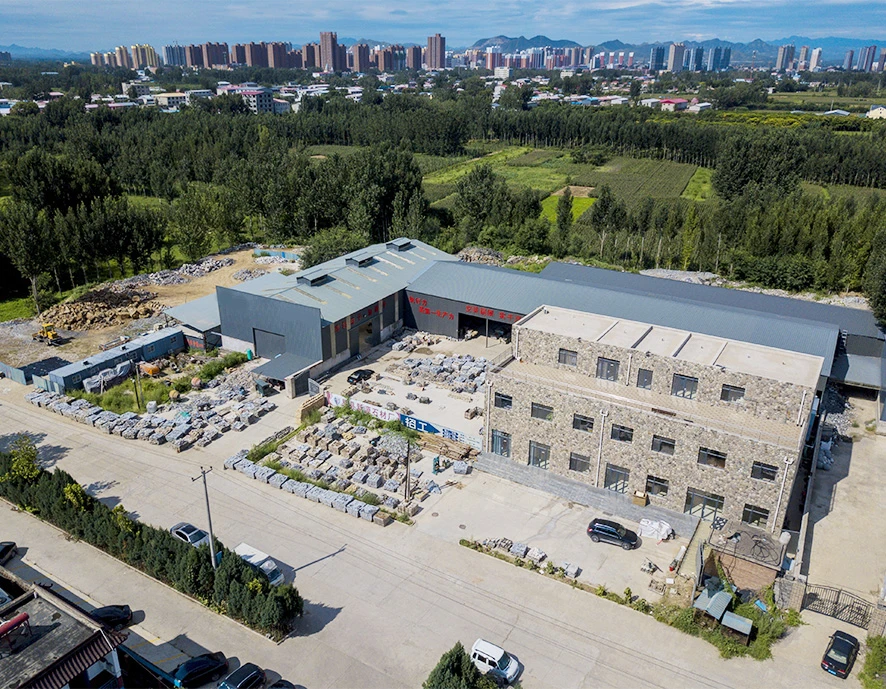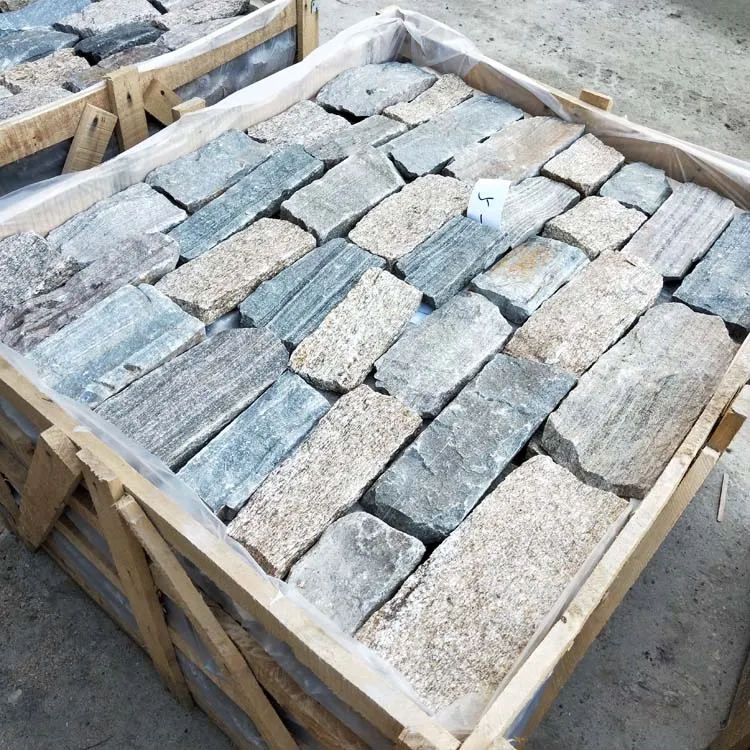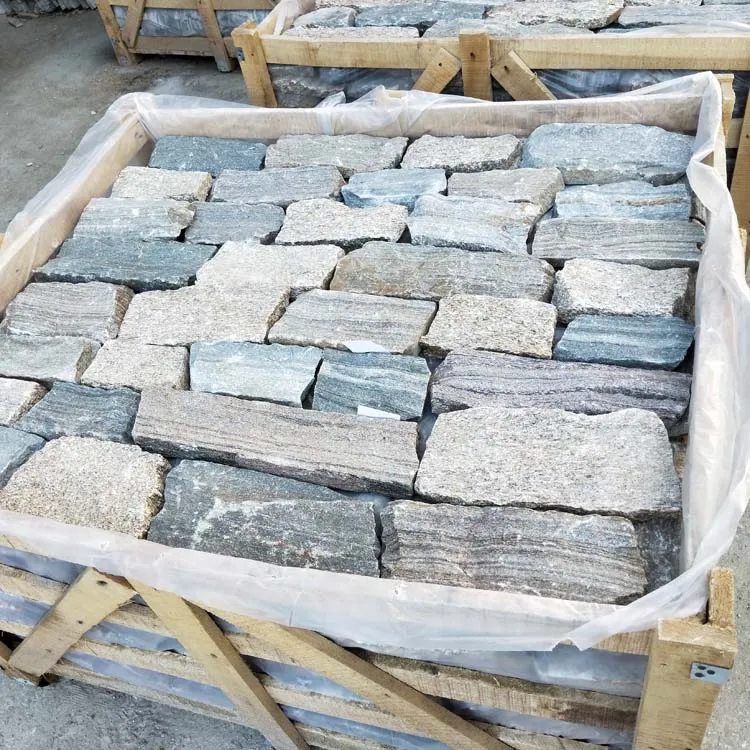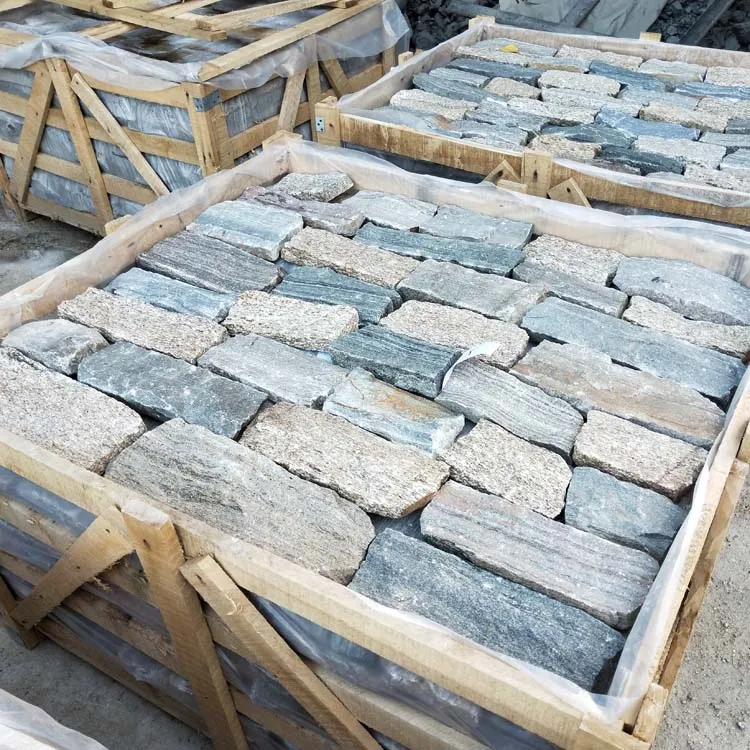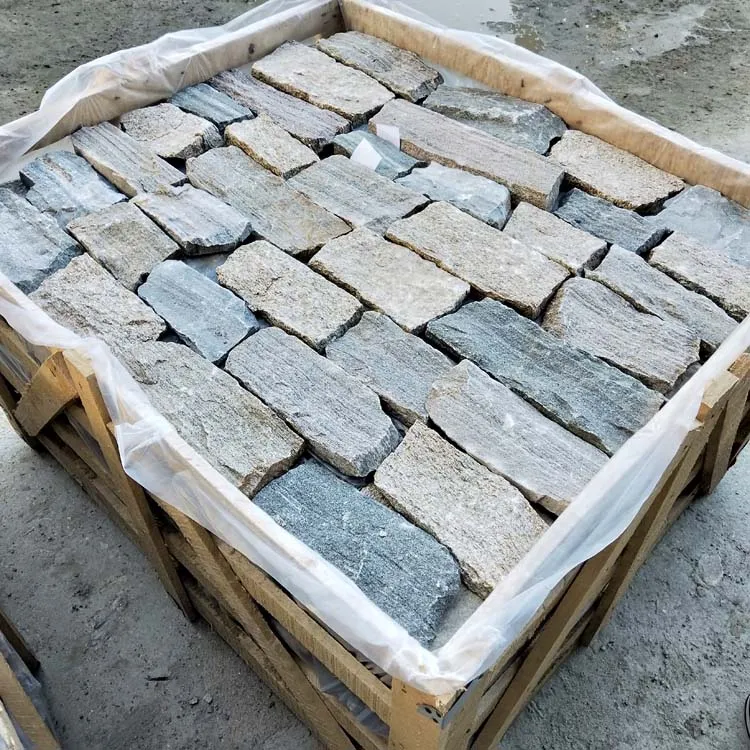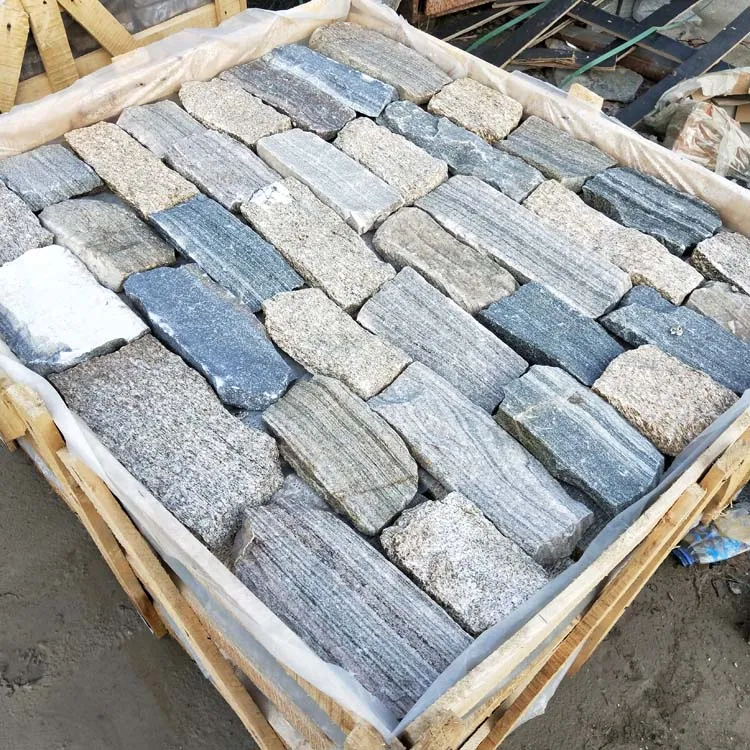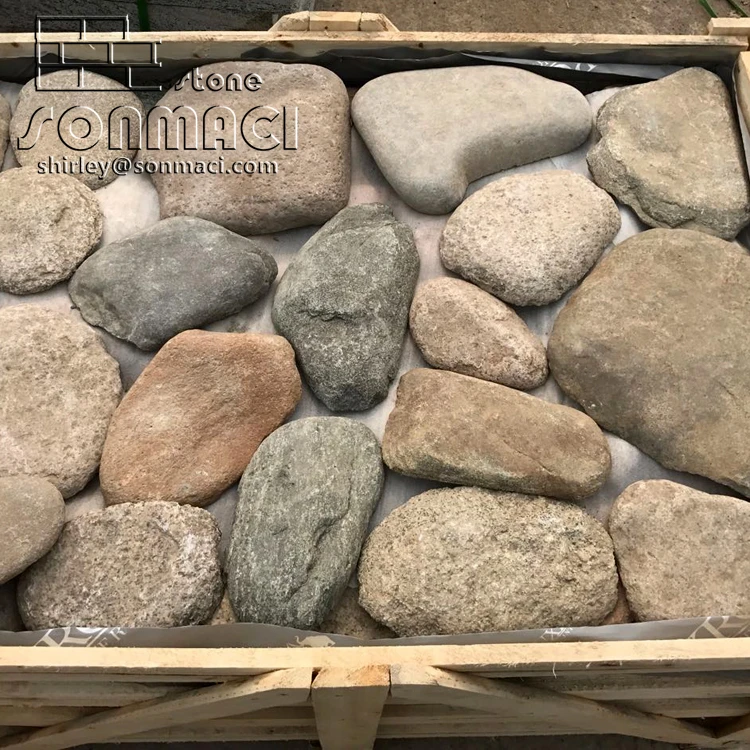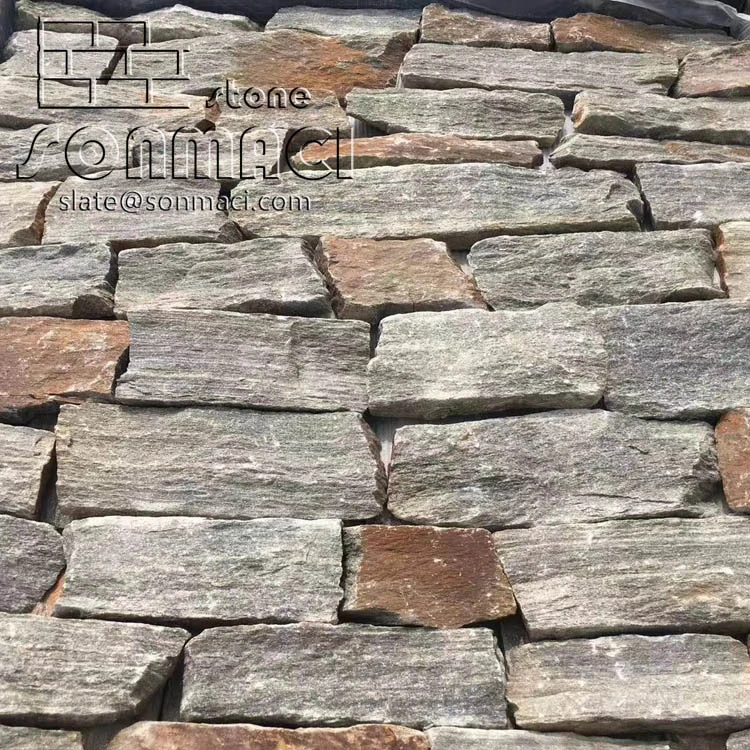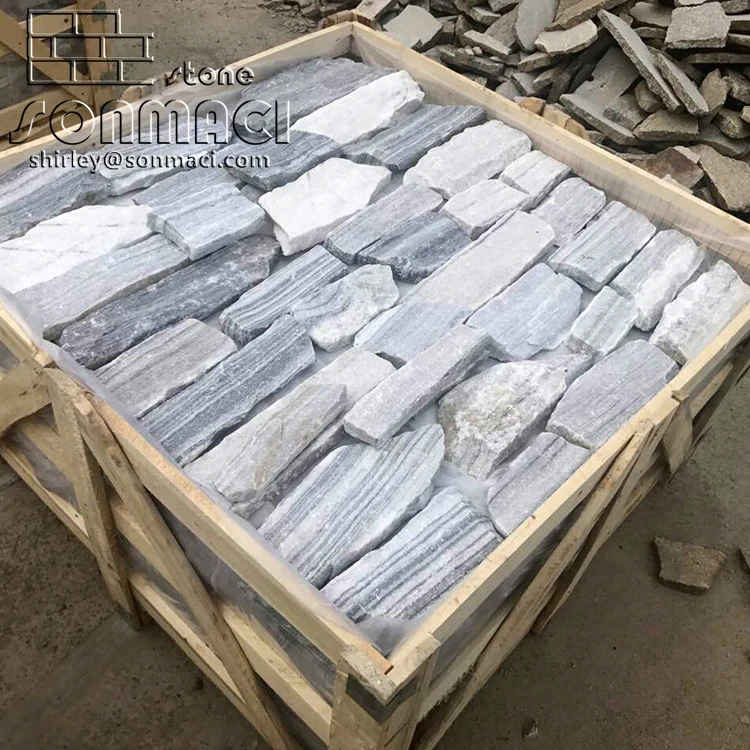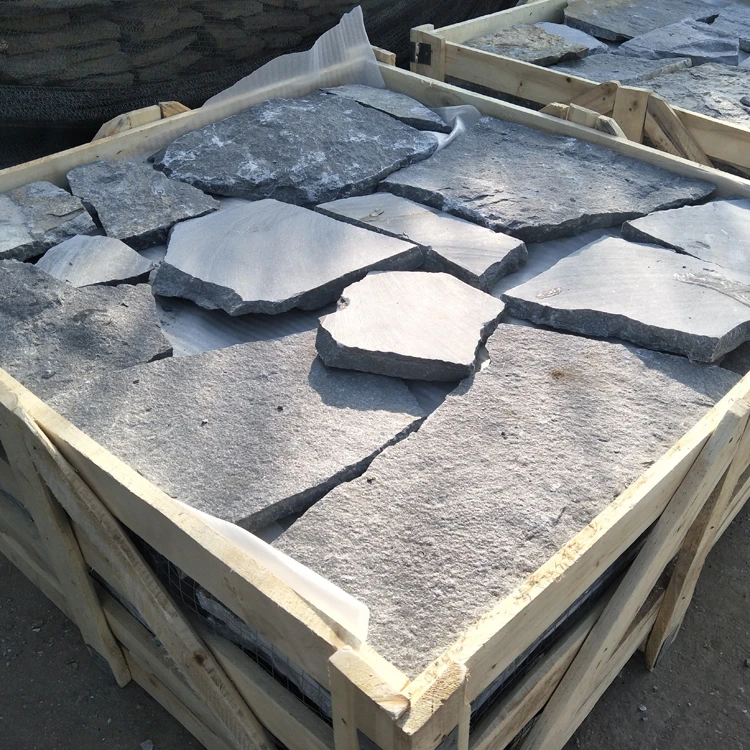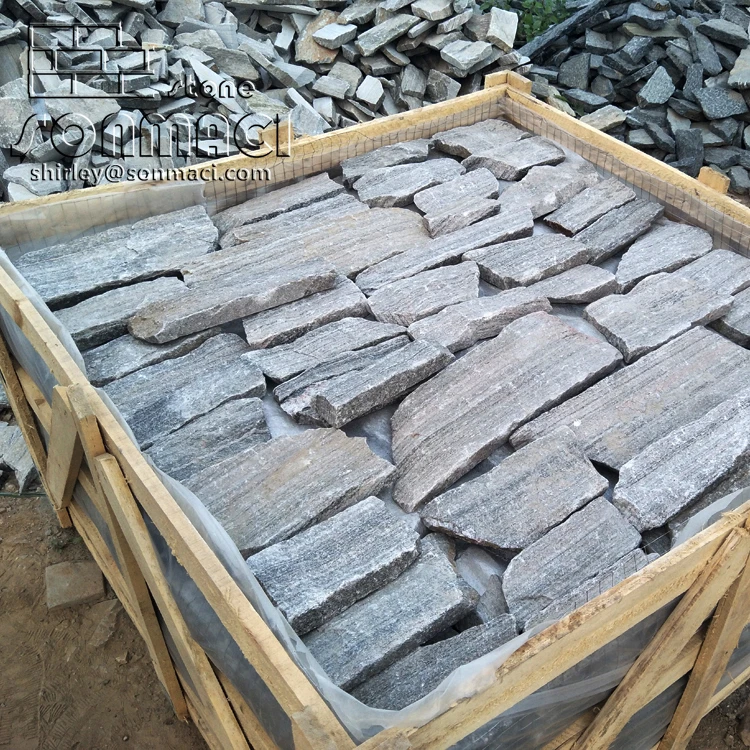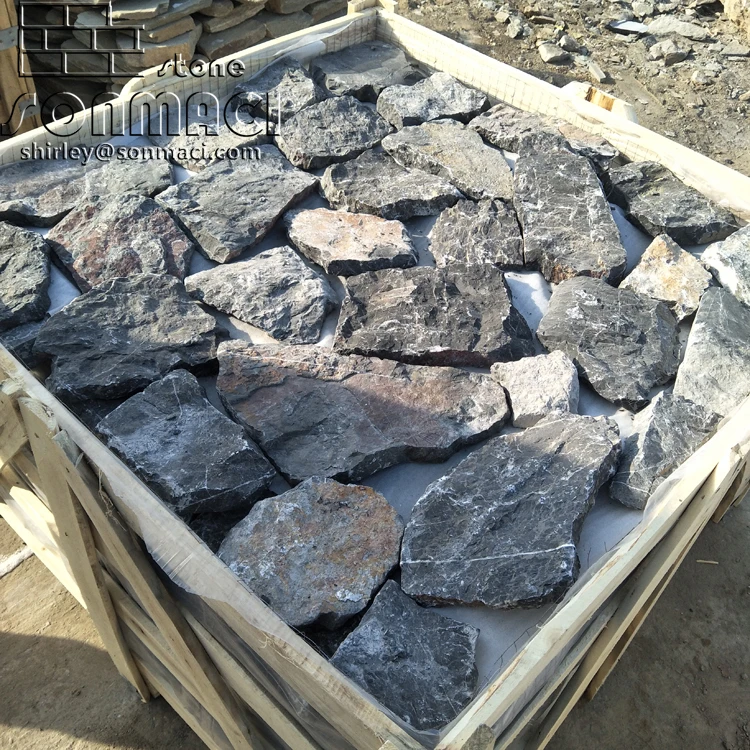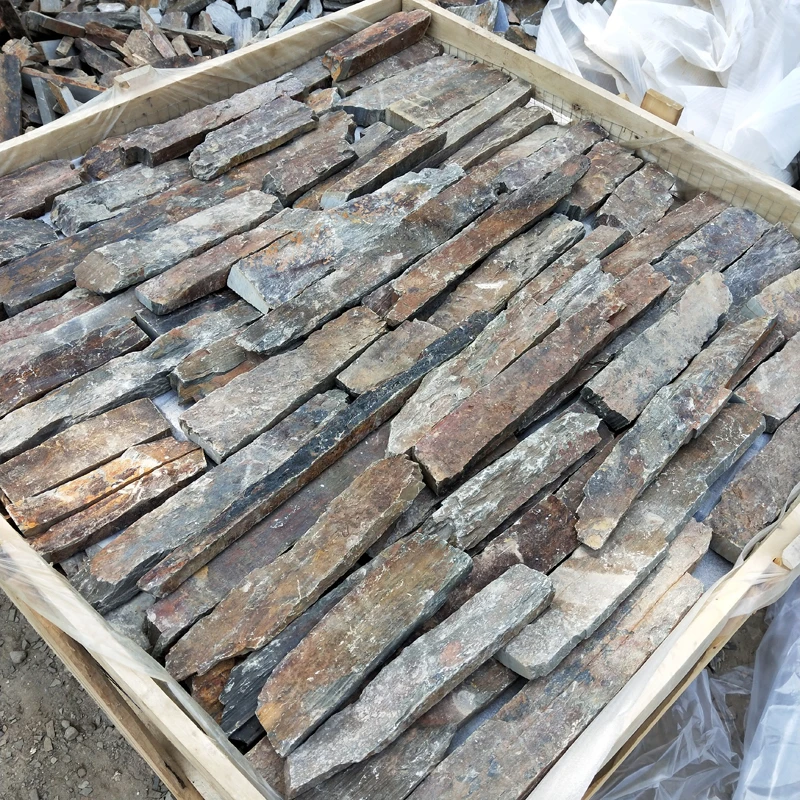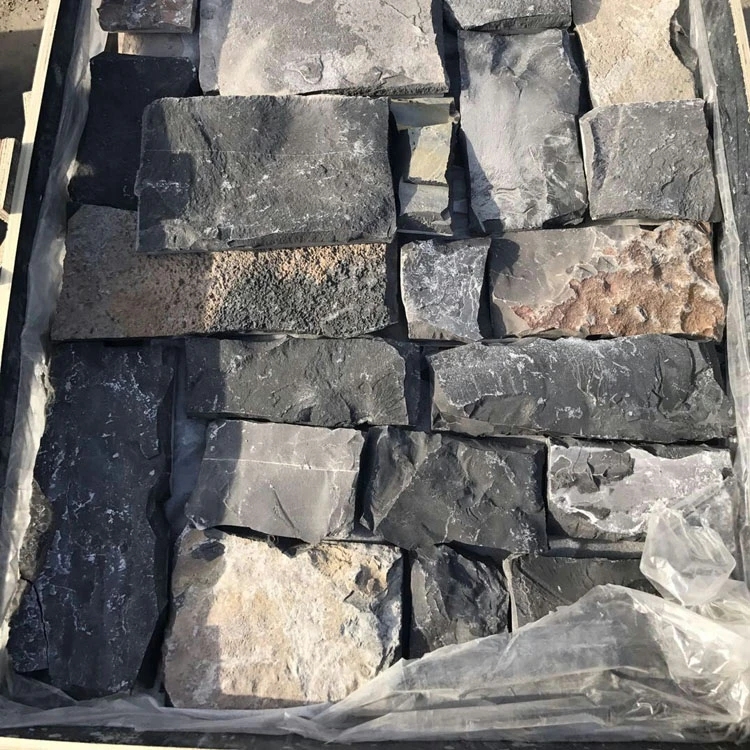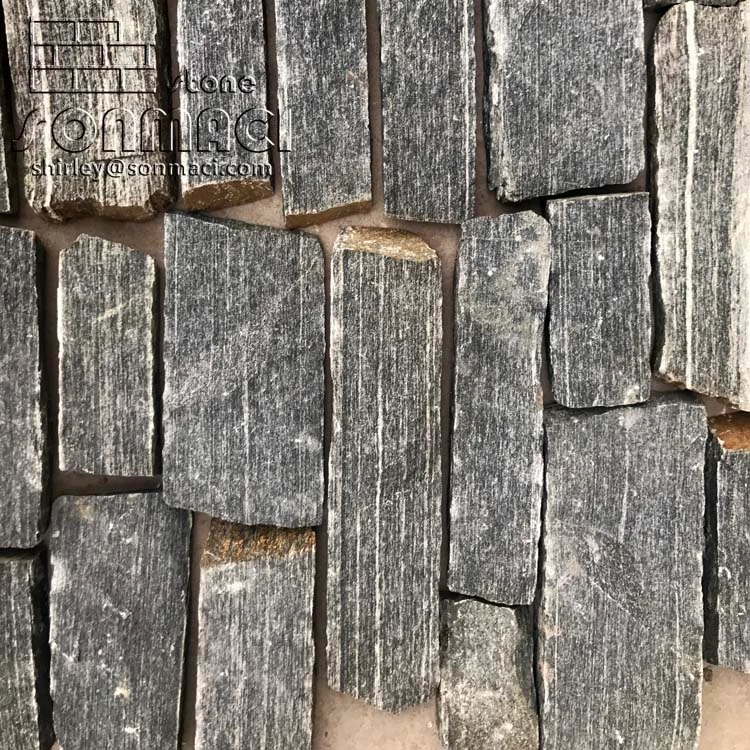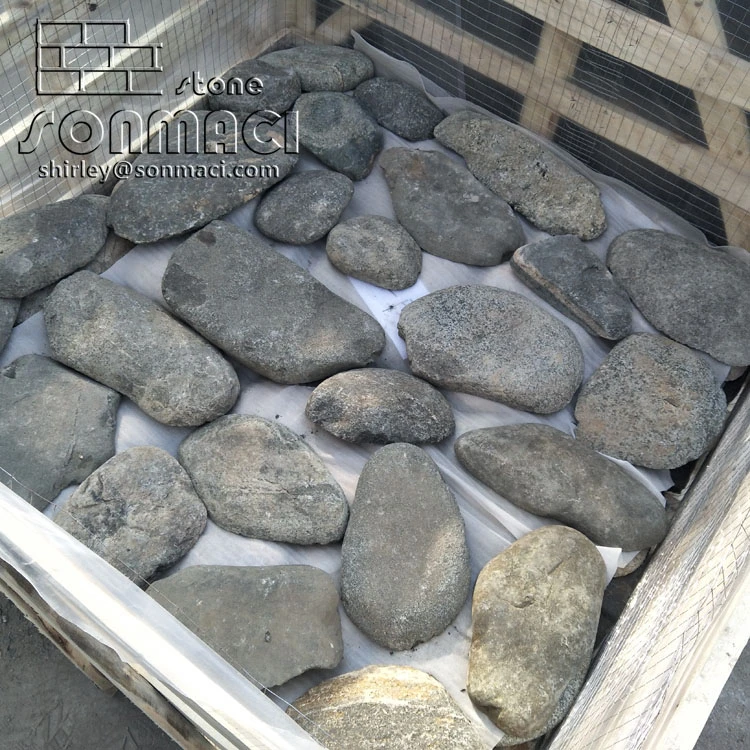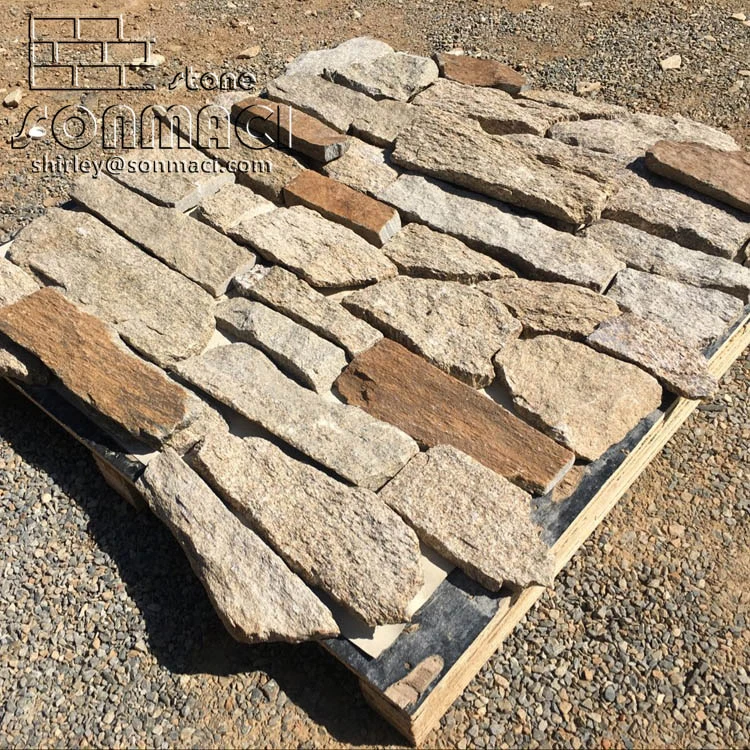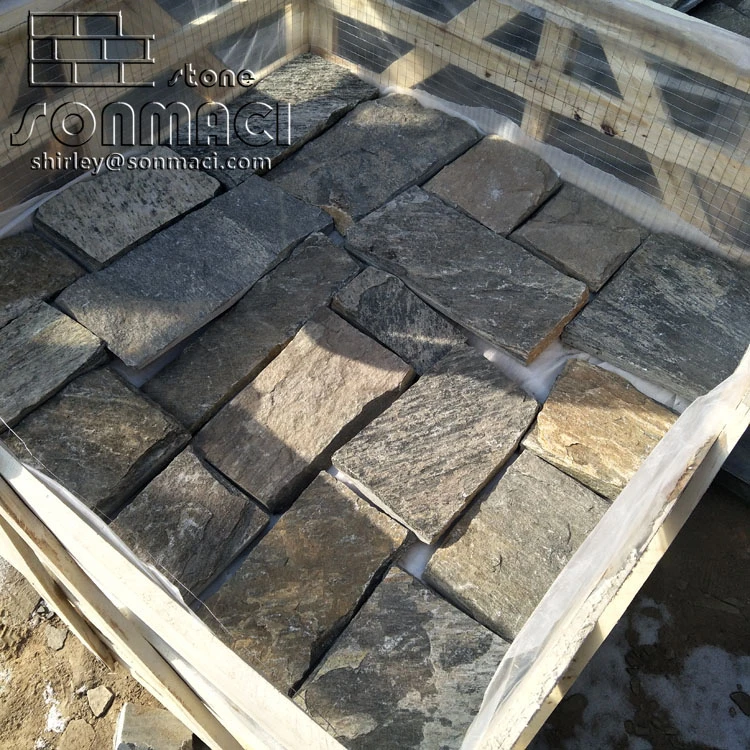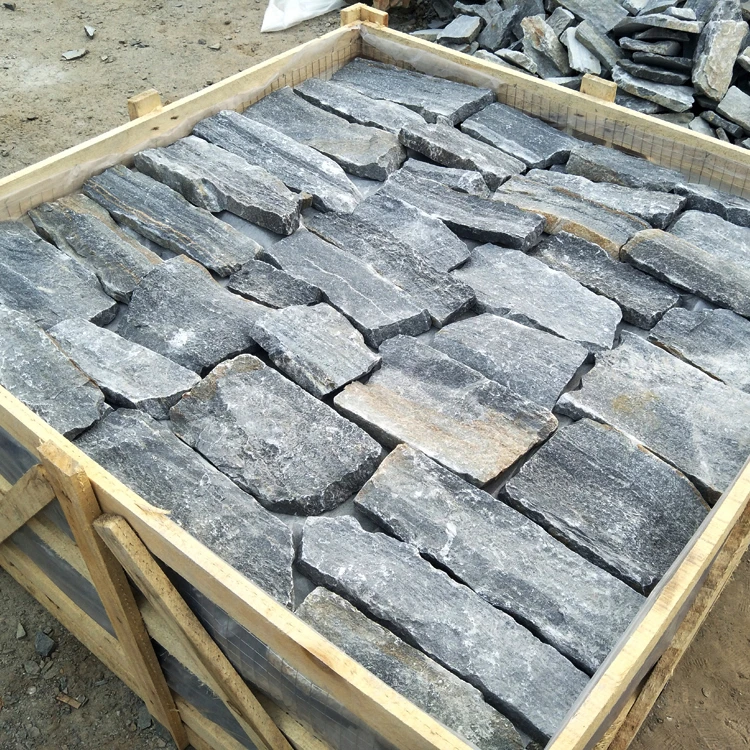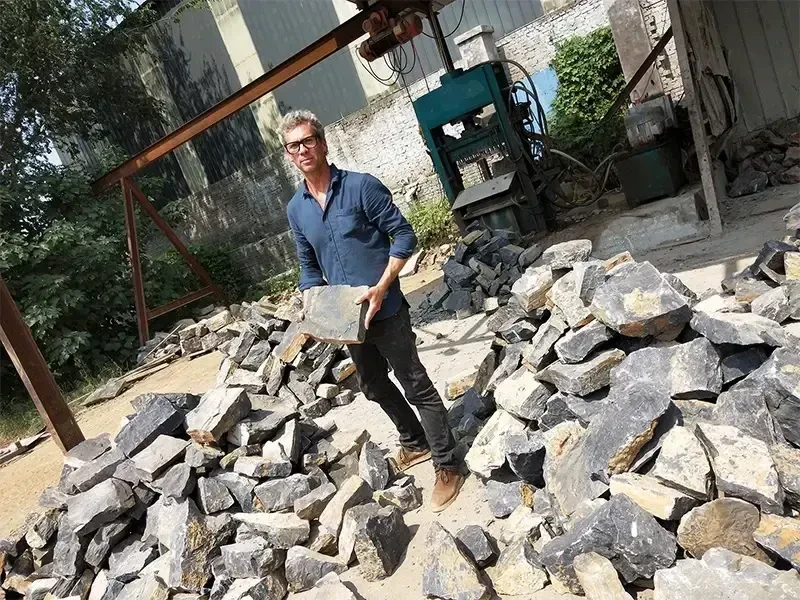Natural Quartz Mix Color Loose Stone
|
Item |
Natural Quartz Mix color Loose Stone |
|
Material allowed |
slate / marble and other stone |
|
Color |
white /green/black/ rusty and more available |
|
Feature |
Riched veins, solid texture and bright colors, low water absorption,Resist acid,light,fire and coldness. |
|
Usage |
For indoor and out door walls , floor and ground decorating . Such as the floor and wall of bath room , swimming pools , halls ,entrance ,floor in lift and so on . |
|
Size |
Length:2"-14" W:1"-6" |
|
Packing |
15sqm/crate, export standard |
|
Loading Port |
TIANJIN |
|
Payment Item |
30% T/T in advance and 70% balance at once against the copy of B/L |
|
Delivery Time |
15 days for one 20 FCL after receive the deposit |
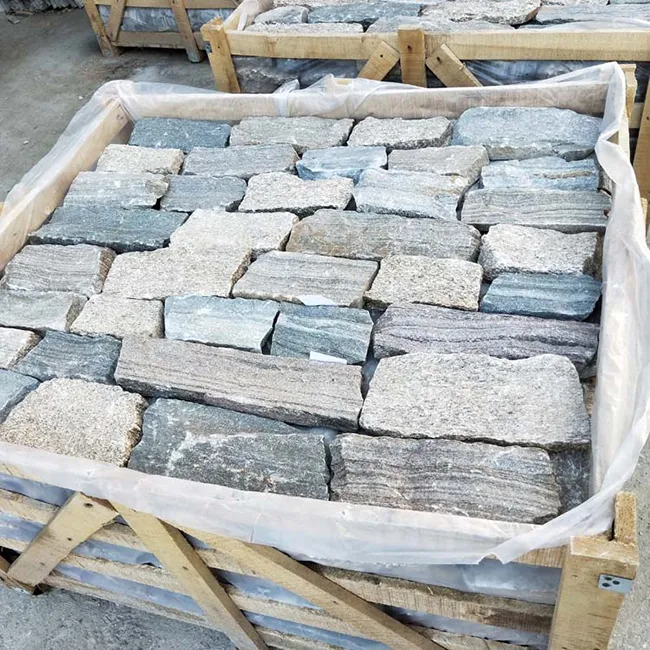
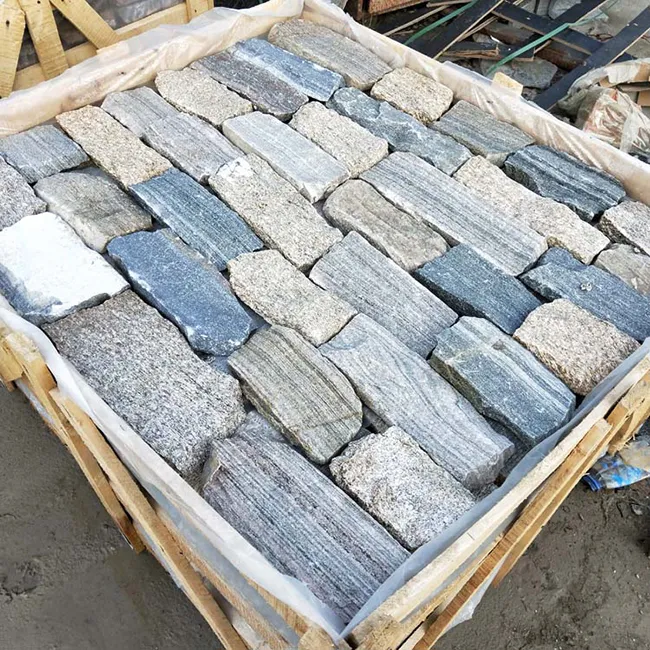
Comparison Between Quartz Stone Veneer and Marble Veneer
The choice between quartz stone veneer and marble veneer represents more than a simple material selection—it embodies a fundamental decision about how nature's artistry should interact with human spaces. These two noble materials, born from dramatically different geological processes, offer distinct aesthetic languages and performance characteristics that resonate differently across architectural applications. Their comparison reveals how stone selection influences not just appearance, but spatial experience, maintenance philosophy, and even the building's relationship with time.
Quartz stone veneer brings the unyielding resilience of one of Earth's hardest minerals to architectural surfaces. Formed under intense heat and pressure, quartzite's interlocking crystalline structure manifests as a surface that laughs at abrasion and shrugs off weathering. This inherent toughness makes quartz veneer particularly valuable in high-traffic areas or exterior applications where durability dominates design considerations. The material's visual personality tends toward boldness—its often dramatic veining patterns and glassy luster create vibrant surfaces that command attention. There's a modernity to quartz stone that stems from its geological intensity; it feels like a material shaped by elemental forces far beyond human scale, making it particularly effective in projects seeking to make strong contemporary statements.
Marble veneer whispers a different story—one of sedimentary transformation and delicate mineral dances. The soft veining and luminous quality that define marble's beauty emerged through slower, more patient geological processes. This history renders marble veneer exceptionally capable of creating spaces that feel refined and contemplative. Where quartz shouts, marble murmurs; its aesthetic power lies in subtle gradations rather than bold contrasts. The material's calcium carbonate composition makes it more chemically reactive than quartz, requiring thoughtful specification, but this same characteristic allows for exquisite detailing and carving possibilities that harder stones can't match. Marble veneer excels in applications where tactile warmth and visual depth take precedence over brute strength—its ability to play with light through semi-translucency creates interiors that feel alive as illumination changes throughout the day.
Maintenance philosophies diverge significantly between these materials. Quartz stone veneer's near-indestructibility makes it essentially maintenance-free beyond basic cleaning, ideal for projects where long-term simplicity is paramount. Marble demands more attentive care—its porous nature requires sealing, its softer surface may develop a patina over time—but for many designers, this very requirement creates an appealing dialogue between the building and its users. A marble-clad space asks for engagement and respect, rewarding that attention with deepening character that quartz's static perfection cannot replicate.
Light interaction reveals another key distinction. Quartz stone tends to reflect light sharply, its crystalline structure creating bright sparkles and crisp highlights that enhance contemporary aesthetics. Marble absorbs and diffuses light gently, producing the soft glow that has made it a favorite of architects since antiquity. This fundamental difference in photic behavior means the same architectural detail—a column, fireplace surround, or feature wall—will create dramatically different atmospheric effects depending on which material is selected.
Cost considerations extend beyond simple price-per-square-foot calculations. Quartz stone's durability may prove more economical over decades of harsh use, while marble's capacity to increase property value through perceived luxury might justify its premium in high-end applications. Installation complexities also vary—quartz's hardness demands specialized cutting tools, while marble's fragility requires careful handling, making labor costs an important factor in material selection.
Environmentally, both materials offer natural authenticity that synthetic surfaces struggle to match, but their extraction stories differ. Quartz stone's rugged formation often makes quarrying more energy-intensive, while marble's relative softness allows for more efficient processing. Both materials boast exceptional longevity that offsets initial environmental costs, though their regional availability significantly impacts their ecological footprint in specific projects.
